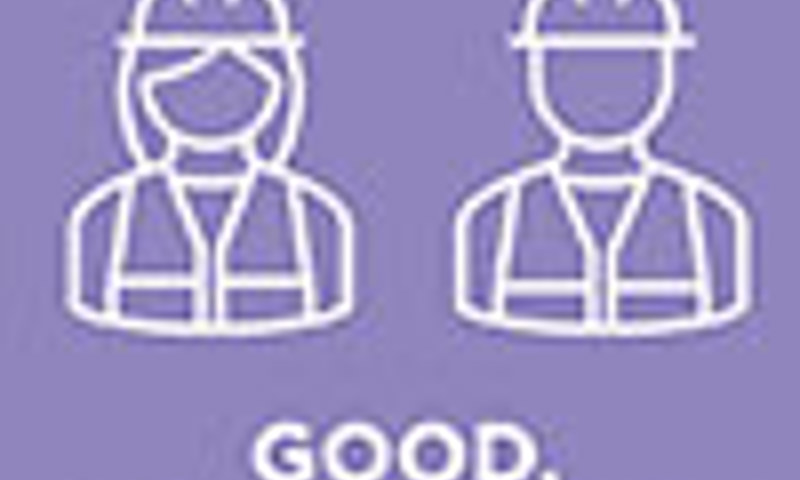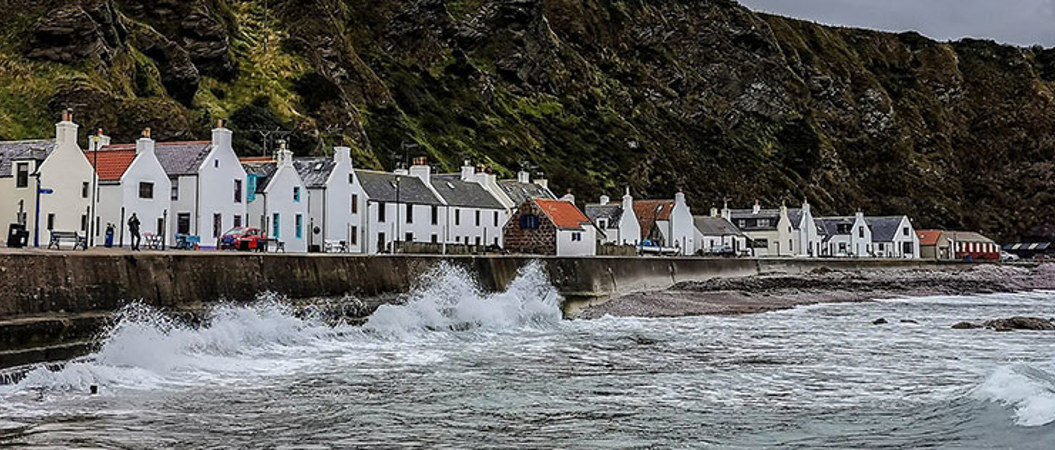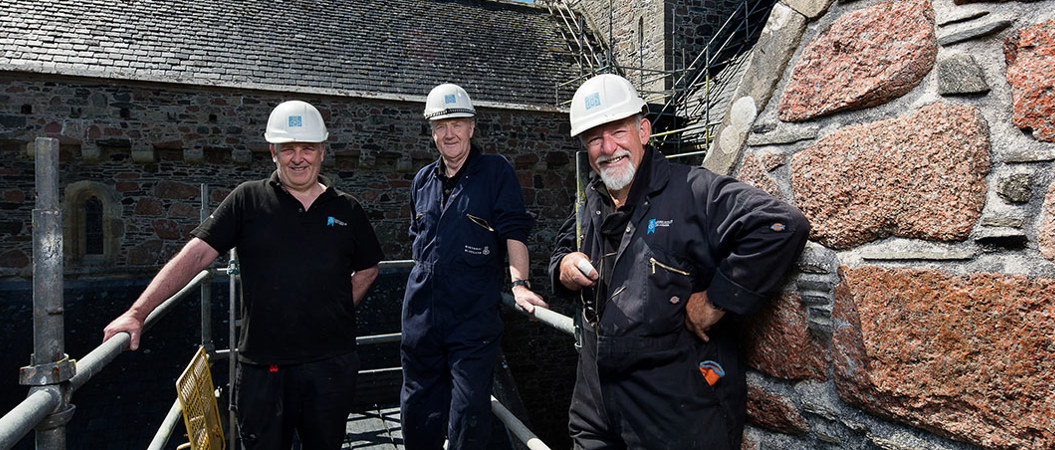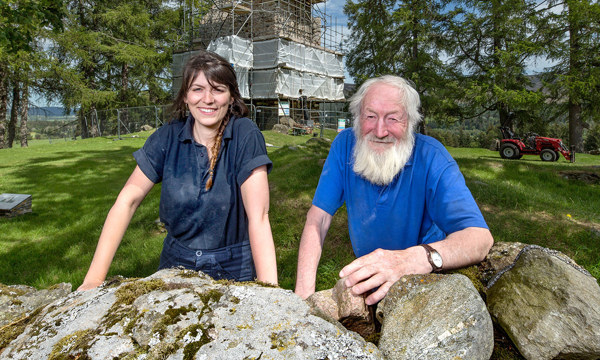1 Overview
Scotland’s historic environment is part of our daily lives. It forms the backbone of our villages, towns and cities, and defines our cultivated and awe-inspiring landscapes. It reaches far beyond our castles and ruins, as significant as these are to our national identity.
The historic environment has a role to play in tackling the climate emergency and realising Scotland's transition to a low-carbon economy that is fair for all. For example, we know well maintained and retrofitted traditional buildings emit less carbon. This in turn helps us meet net zero targets and provides good, green jobs in the process. As we recover from the pandemic, we must use our past to build a greener, fairer future for Scotland.
Our Green Recovery Statement addresses how the historic environment contributes to the national transition to a low carbon, resource efficient and socially inclusive economy.
Contact us:
Climate Change Team
Historic Environment Scotland
Longmore House
Salisbury Place
Edinburgh
EH9 1SH
Telephone: 0131 668 8600
Email: climatechange@hes.scot
2 What is a ‘green recovery’?
The UN Environment Programme defines a ‘Green Recovery’ as one that addresses the impacts of the pandemic in a way that enables us to build back better, while driving economic growth and job creation.
The Scottish Government committed to a green recovery in Scotland’s updated Climate Change Plan, Securing a Green Recovery on a Path to Net Zero.
"A green recovery sets us on a path to meeting our emissions reduction targets in a way that is just and improves the outcomes for everyone in Scotland, ensuring no one is left behind.
It drives action to reduce our emissions and protect and restore our natural environment.”
We share the Scottish Government’s vision of a fairer, greener Scotland that focusses on delivering economic transformation, creating a wellbeing economy, and reducing Scotland’s contribution to climate change. The historic environment is a major player in helping to achieve these goals.
3 Why is green recovery important?
We are in a climate emergency. Not only are we seeing warmer, wetter and more extreme weather events, but the rates of sea-level rise and coastal erosion is increasing at an unprecedented rate. We must limit global temperature rise to 1.5˚C. Making this happen will take decisive action and bold leadership, and we must all make radical changes in response.
Right now we are on track for a 2.4°C temperature increase by the end of the century, well beyond agreed international targets. As well as increasing emissions reduction efforts, more focus must be given to resilience and adaptation measures.
We have an opportunity to do things in a new way. To become more resilient and greener in the future we must learn from our mistakes and build on our successes. The choices we make today need to strengthen our communities and ensure a just and sustainable transition, and guard against the present and future social, environmental, economic and cultural crises of our time.
Making Scotland's traditional buildings more energy efficient supports a green recovery. Find out more in our short animation:
4 How the historic environment supports a green recovery
We all have a part to play in the transition to a low carbon, resource efficient and socially inclusive economy. The historic environment provides solutions, reconciling climate and economic objectives.
If we fail to harness the opportunities presented by our historic and existing built environment we will not become a net zero nation.
The historic environment is:

The reuse and adaptation of existing heritage assets is integral to a net zero transition

Well maintained and retrofitted traditional buildings are more resilient and emit less carbon helping deliver net zero targets

The repair, maintenance and retrofit of existing heritage assets delivers good, green jobs nation-wide

Community empowerment drives benefits by putting more control of the historic environment into local hands

Heritage assets can make better places for people to live in and better places for people to visit

The historic environment helps build resilient landscapes and climate friendly places

The use of digital technologies helps protect historic places and offers new and sustainable ways to engage with our historic environment

What is the Statement?
It sets out how the historic environment makes a vital contribution to our recovery from the pandemic & our transition to net zero and a climate resilient society.
Download the Green Recovery Statement
Case Studies
Explore our case studies that demonstrate how the historic environment contributes to a low carbon, resource efficient and socially inclusive economy.
View our case studies
